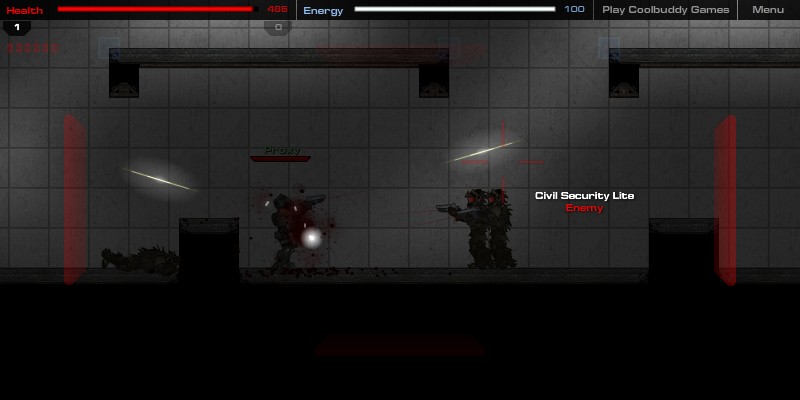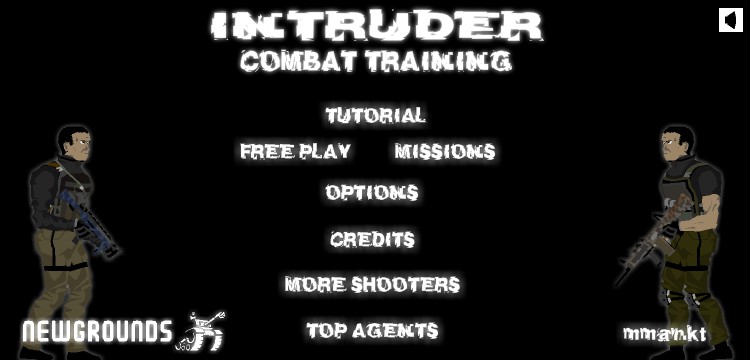

- INTRUDER COMBAT TRAINING HACKED 2 PDF
- INTRUDER COMBAT TRAINING HACKED 2 INSTALL
- INTRUDER COMBAT TRAINING HACKED 2 CODE
For example, they could embed a link to a malicious JavaScript in a comment on a blog.Ĭross-site scripting attacks can significantly damage a website’s reputation by placing the users' information at risk without any indication that anything malicious even occurred.
INTRUDER COMBAT TRAINING HACKED 2 CODE
One of the most common ways an attacker can deploy a cross-site scripting attack is by injecting malicious code into a comment or a script that could automatically run. Instead, the malicious code the attacker has injected only runs in the user's browser when they visit the attacked website, and it goes after the visitor directly, not the website. Similar to an SQL injection attack, this attack also involves injecting malicious code into a website, but in this case the website itself is not being attacked. But if the attacker would rather directly target a website's users, they may opt for a cross-site scripting attack. In an SQL injection attack, an attacker goes after a vulnerable website to target its stored data, such as user credentials or sensitive financial data. For example, if a SQL server is vulnerable to an injection attack, it may be possible for an attacker to go to a website's search box and type in code that would force the site's SQL server to dump all of its stored usernames and passwords for the site. This is especially problematic if the server stores private customer information from the website, such as credit card numbers, usernames and passwords (credentials), or other personally identifiable information, which are tempting and lucrative targets for an attacker.Īn SQL injection attack works by exploiting any one of the known SQL vulnerabilities that allow the SQL server to run malicious code. A SQL injection attack specifically targets this kind of server, using malicious code to get the server to divulge information it normally wouldn’t. Many of the servers that store critical data for websites and services use SQL to manage the data in their databases. SQL (pronounced “sequel”) stands for structured query language it’s a programming language used to communicate with databases. In order to combat phishing attempts, understanding the importance of verifying email senders and attachments/links is essential. If you click the link, it may send you to a legitimate-looking website that asks for you to log in to access an important file-except the website is actually a trap used to capture your credentials when you try to log in.
INTRUDER COMBAT TRAINING HACKED 2 INSTALL
Upon opening the malicious attachment, you’ll thereby install malware in your computer.

In the email, there will be an attachment to open or a link to click.

fraudulent activity has been detected on your account). The email will seem legitimate, and it will have some urgency to it (e.g. In a phishing attack, an attacker may send you an email that appears to be from someone you trust, like your boss or a company you do business with. Since they rely on human curiosity and impulses, phishing attacks can be difficult to stop. When an attacker wants you to install malware or divulge sensitive information, they often turn to phishing tactics, or pretending to be someone or something else to get you to take an action you normally wouldn’t. Of course, chances are you wouldn't just open a random attachment or click on a link in any email that comes your way-there has to be a compelling reason for you to take action.
INTRUDER COMBAT TRAINING HACKED 2 PDF
This can include clicking a link to download a file, or opening an attachment that may look harmless (like a Word document or PDF attachment), but actually has a malware installer hidden within. Once malware is in your computer, it can wreak all sorts of havoc, from taking control of your machine, to monitoring your actions and keystrokes, to silently sending all sorts of confidential data from your computer or network to the attacker's home base.Īttackers will use a variety of methods to get malware into your computer, but at some stage it often requires the user to take an action to install the malware. “Malware” refers to various forms of harmful software, such as viruses and ransomware. Attackers love to use malware to gain a foothold in users' computers-and, consequently, the offices they work in-because it can be so effective. If you've ever seen an antivirus alert pop up on your screen, or if you've mistakenly clicked a malicious email attachment, then you've had a close call with malware.


 0 kommentar(er)
0 kommentar(er)
